#Teotihuacan
Text

Temple of the Feathered Serpent, Quetzalcoatl, at Teotihuacán, Mexico. Active approximately 1st to 7th centuries CE.
📸 by me.
#teotihuacan#classics#ancient world#ancient history#history#art history#archaeology#dark academia#world history#architecture#Mexico
2K notes
·
View notes
Text
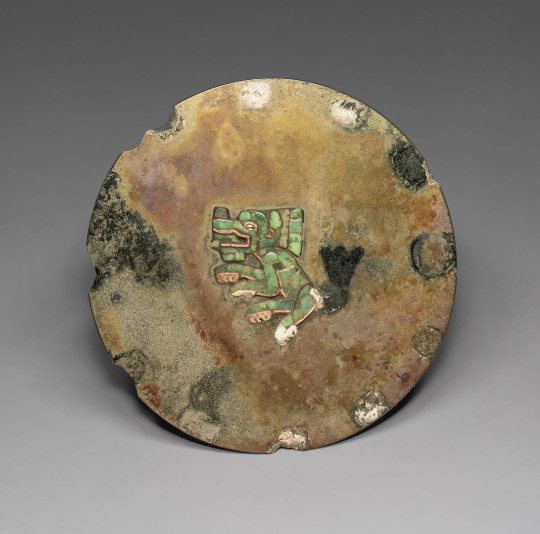
Mirror with Jaguar or Coyote Mosaic
Teotihuacan, 500–600 CE
For over 2,000 years, polished stone mirrors were an important component of Mesoamerican attire, ritual, and symbolic imagery. This mirror is made of a single sheet of polished pyrite stone and includes a jade jaguar mosaic at its center. Mirrors often functioned as emblems of rank and office and were typically worn at the small of the back. The depiction of such mirrors in ancient murals, as worn by warriors, priests, and state officials, attests to their importance in the spectacular art of ritual performance in Teotihuacan.
336 notes
·
View notes
Text
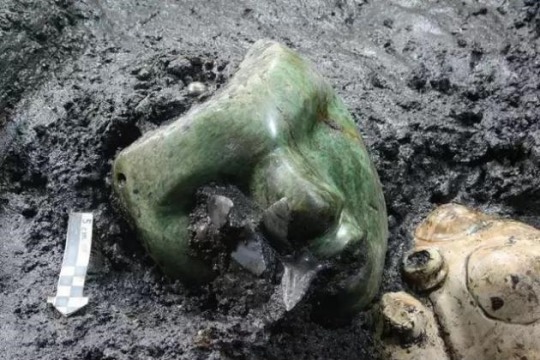
2000 years old green serpentine stone mask found at the base of Pyramid of the Sun, Teotihuacán, Mexico
4K notes
·
View notes
Text

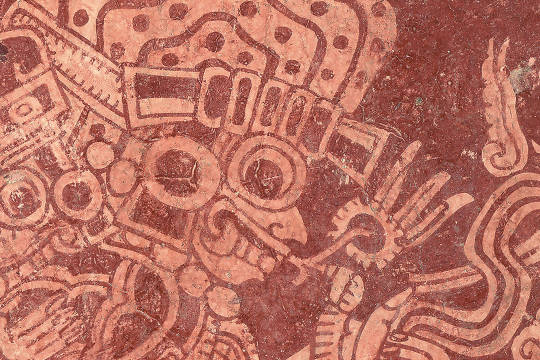



~ The God Tlaloc, Fragment of Wall Painting.
Culture: Teotihuacana
Place of origin: Teotihuacan city
Period : Early classic
Date: A.D. 200-600
#ancient#ancient art#history#museum#archeology#ancient history#archaeology#tlaloc#god#Teotihuacan#mexico#mexican#Mesoamerica#a.d. 200#a.d. 600#museo amparo
1K notes
·
View notes
Text

Calzada de los Muertos en el sitio arqueológico de Teotihuacán en el centro de Mexico
521 notes
·
View notes
Text

- Sol De MesoAmerica
Did a slight retouch on Tonatiuh! I’ll try to do more content with him!
Background ☀️
#aph#hws#ヘタリア#hetalia#aph mexico#hws mexico#hws teotihuacan#aph teotihuacan#teotihuacan#mesoamerica#Classic period MesoAmerica#hetalia oc
192 notes
·
View notes
Photo
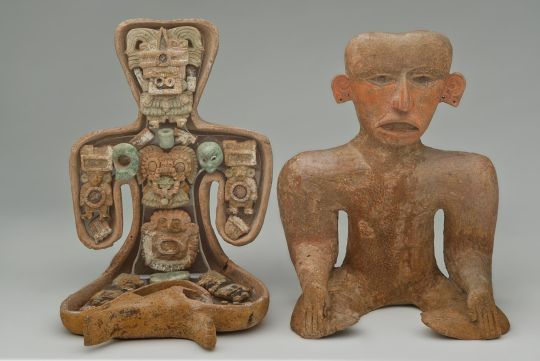
“ Figurilla huésped teotihuacana, los antiguos nahuas creían que dentro del cuerpo humano existían varias energías, el tonalli "que emana calor" en la cabeza, el teyolía "vividor" en el corazón e ihiyotl "ventoso" del hígado, Las creencias teotihuacanas debieron ser similares. “
It was believed that within the human body existed different energies. Tonalli was energy in the head, Teyolia was a living energy in the heart, while the ihiyotl was energy from the liver.
459 notes
·
View notes
Text
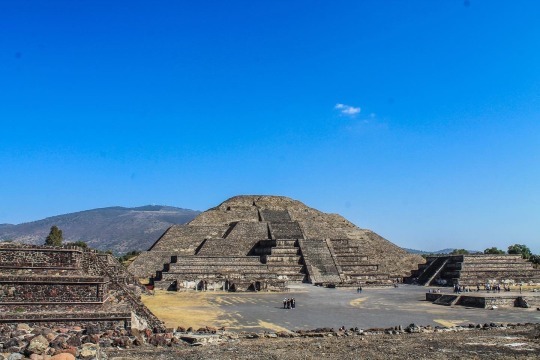

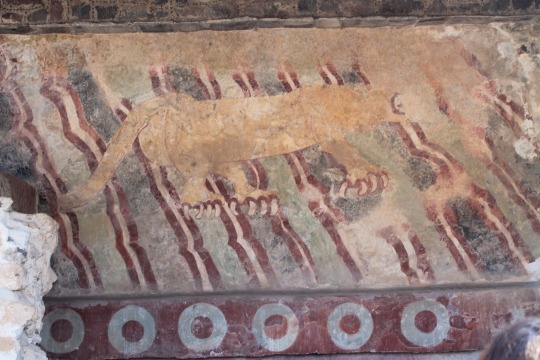
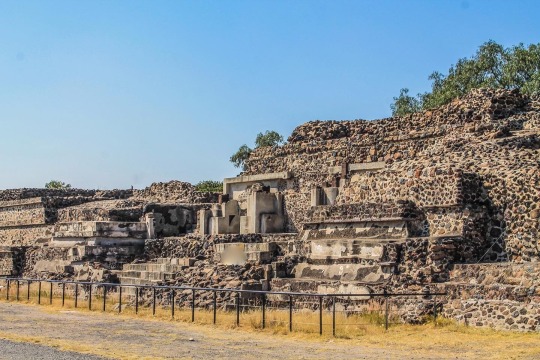

Teotihuacan, from the Pyramid of the Moon down the Avenue of the Dead (including its last surviving mural) to the Pyramid of the Sun
718 notes
·
View notes
Text

Ceramic bowl with stucco, Teotihaucan, 200-750 AD
from Dumbarton Oaks
305 notes
·
View notes
Text

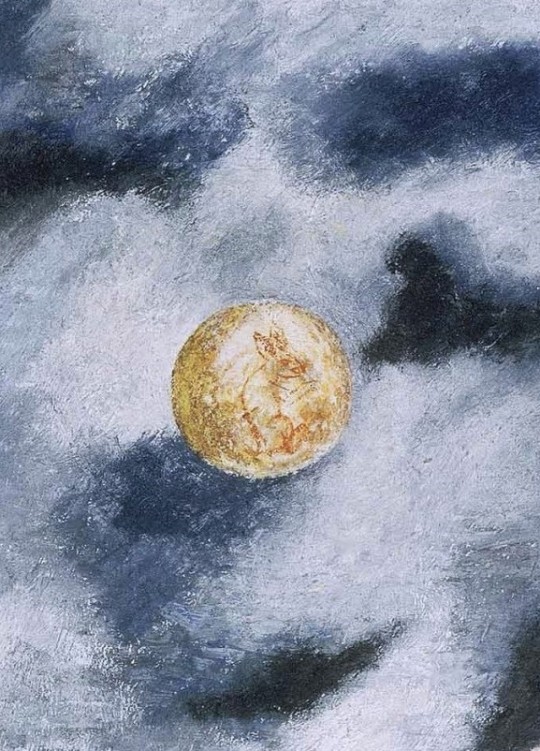

Frida Kahlo ~ Niña Tehuacana Lucha María o Sol y Luna (Portrait of Lucha Maria, A Girl from Tehuacán or Sun and Moon), 1942
#frida kahlo#frida#mexican art#portrait of a girl#sun and moon#pyramid of the moon#pyramid of the sun#tehuacán#teotihuacan#rabbit on the moon#flowers on the sun
76 notes
·
View notes
Text

The Great Goddess of Teotihuacan (or Teotihuacan Spider Woman) is a proposed goddess of the pre-Columbian Teotihuacan civilization

A portion of the actual mural from the Tepantitla compound which appears under the Great Goddess portrait.

Mural from the Tepantitla compound showing what has been identified as an aspect of the Great Goddess of Teotihuacan, from a reproduction.
The Tepantitla compound is also called the Tepantitla Palace & it was basically a "Gated Community" for the richest Aztecs," & the Teotihuacan Spider Woman seems to be their personal goddess.
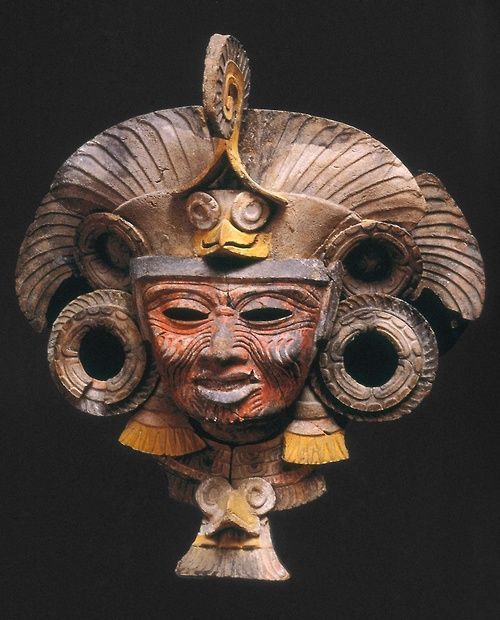
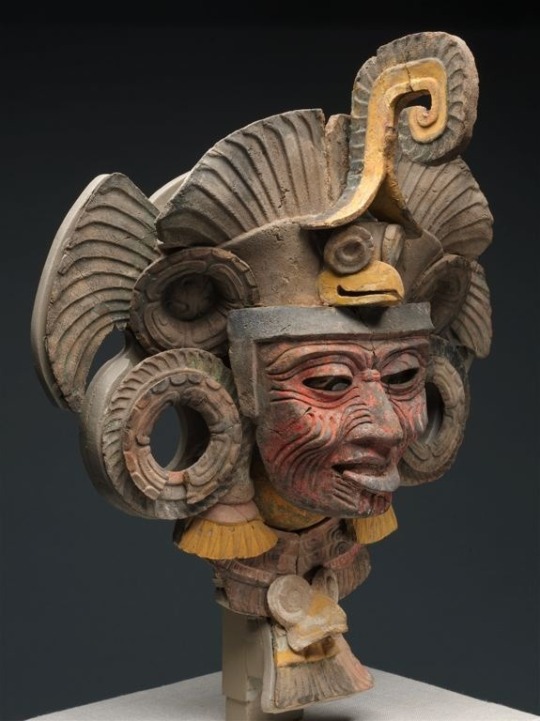
Mask from and incense burner depicting the goddess, Teotihuacan
Teotihuacan - Deity of the Day
129 notes
·
View notes
Text
An impressive Teotihuacan village dating back to 450-650 AD has been found in Mexico City. The find reveals a thriving artisan community and crucial connections with other Teotihuacán centers, all within the stunning setting of 'chinampería' spaces.
136 notes
·
View notes
Text

Jar
Teotihuacan, Classic, 200-750 CE
This vessel is decorated on either side with a frontal feline face with anthropomorphic characteristics. Felines in Teotihuacan art are frequently related to rulers, militarism, and sacrifice, as well as to agriculture and aquatic fertility. In this case, the feline face and paws are surrounded by exuberant green feathers, probably part of a headdress indicative of its status. The fanged mouth seizes a stylized heart with a down-turned eye at the top, from which droplets of blood or water emerge referring simultaneously to human sacrifice and fertility. On the sides of the vessel between the two feline faces, the same bleeding heart appears surrounded by green feathers. The lower edge of the vessel is lined with twelve low-relief, mold-made human faces wearing ear spools and head ornaments. They are covered with red pigment.
181 notes
·
View notes
Text

More Aztec mythology special interest indulgence art.
#digital art#my art#artists on tumblr#digital artist#art#illustration#trans artist#mythology and folklore#mesoamerica#aztec#aztec gods#fifth sun#nanahuatzin#tecciztecatl#teotihuacan
34 notes
·
View notes
Text

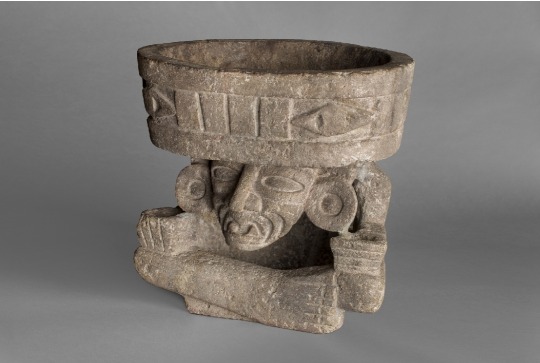




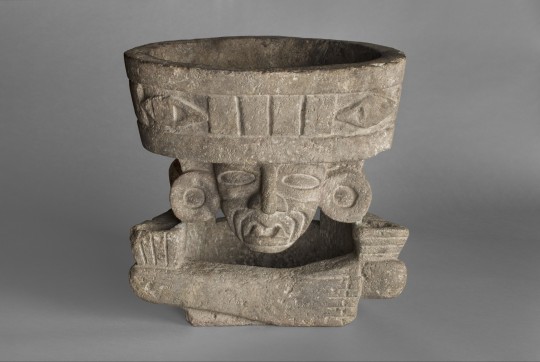
~ Brazier in the Form of the Old God.
Place of origin: Teotihuacan, Mexico
Period: Early Classic period (250 B.C.–A.D. 600)
Date: ca. A.D. 400–500
Medium: Basalt
#ancient#ancient art#history#museum#archeology#ancient sculpture#ancient history#5th century#6th century#Teotihuacan#mexico#mesoamerica#early classic period#basalt#a.d. 400#a.d. 500
609 notes
·
View notes
Text

David Bowie at the Pyramids of Teotihuacan in Mexico City, 1997. Photo by Fernando Aceves.
23 notes
·
View notes